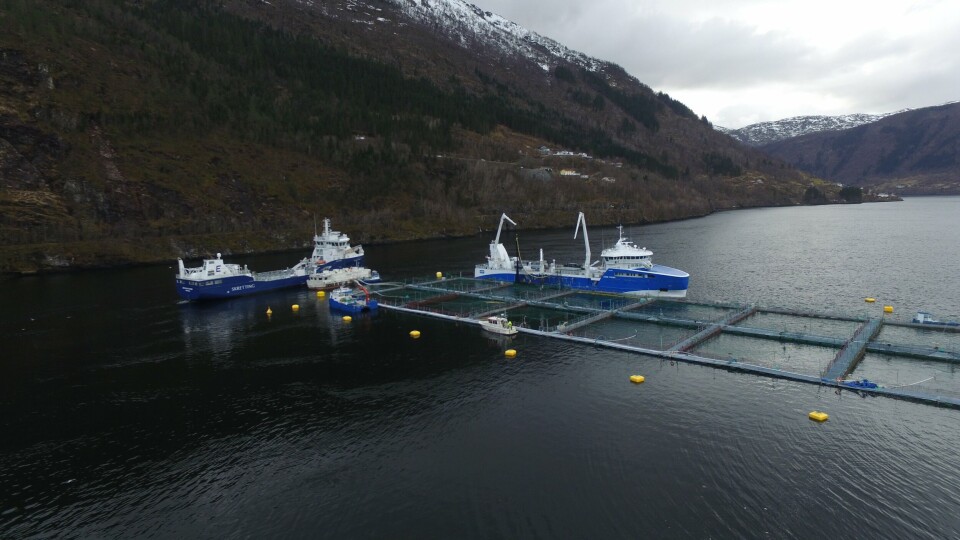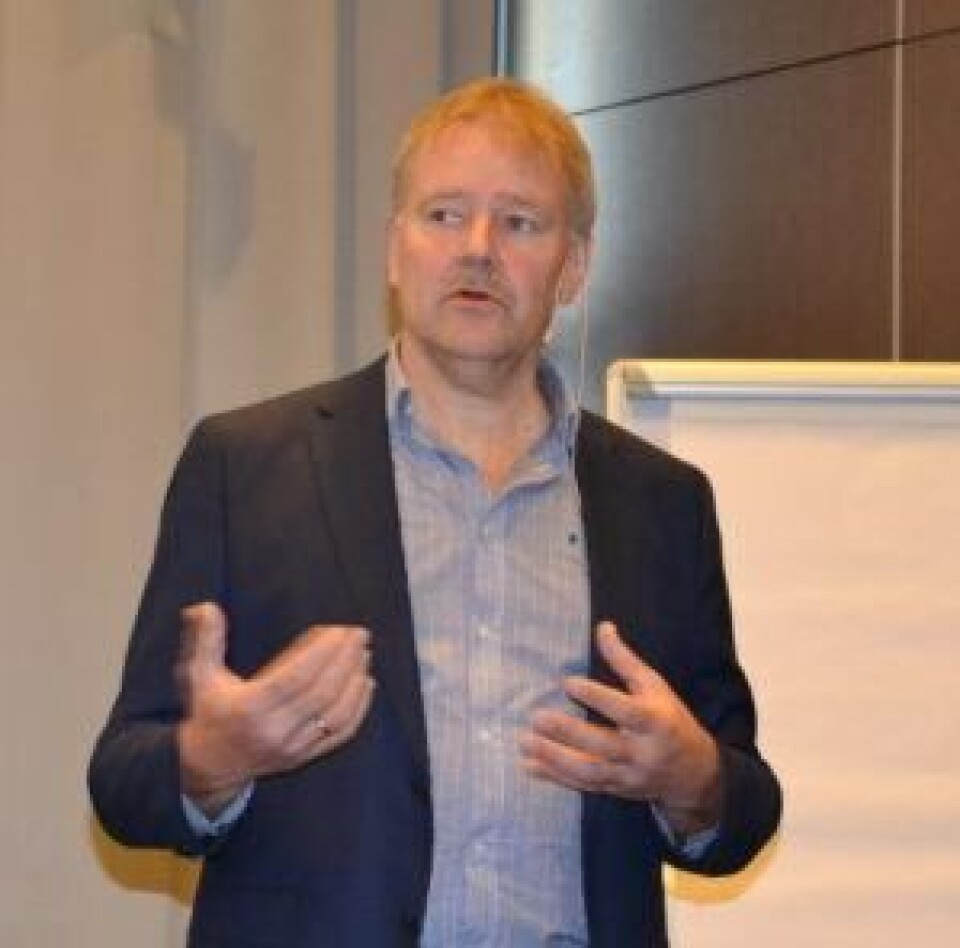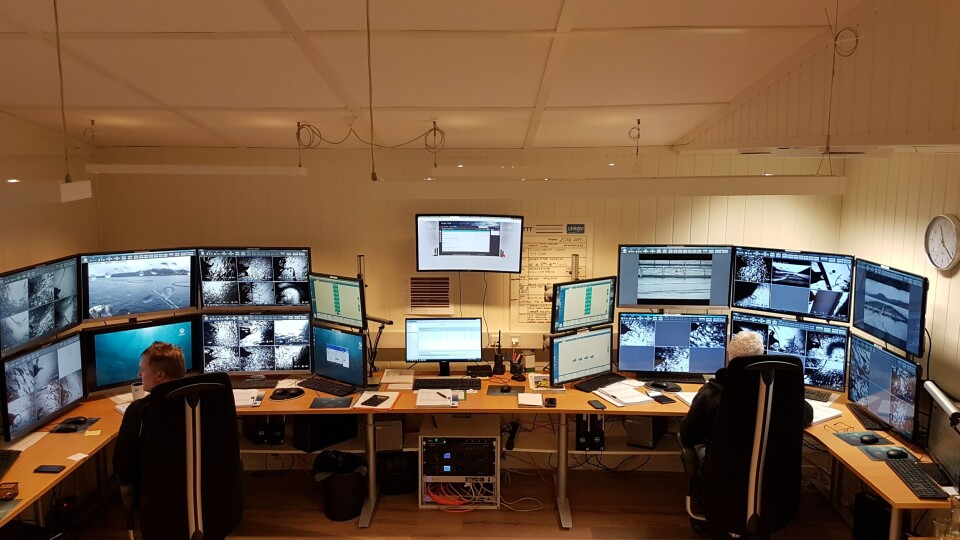
‘Kindergarten’ plan for young trout in fjords
Lerøy Seafood Group has launched a new “kindergarten” project for young trout, where the fish will be grown to half-size in a sheltered fjord setting before being moved further out onto the coast to reach full harvest size.
The Mauranger Laks company in Sunndal, Kvinnherad, delivered 1.2 million young fish to a so-called “kindergarten” site at Sørfjorden near Osterøy in Hordaland just before Easter, according to local newspaper Grenda.
“It is a whole new arrangement for 2017,” Sveinung Sandvik, chief executive of Mauranger Laks, told the newspaper. “Instead of running all the trout straight into the sites, we now collect it in a kind of kindergarten first.”

Stig Nilsen, Lerøy Seafood Group’s executive vice president aquaculture, told www.kyst.no that the fish will grow in Sørfjorden from March to August. The young trout will weigh approximately 150 grams when they arrive and remain there until they grow to reach two kilograms. “The trout will then be moved and production completed at locations further out on the coast to sites in Sunnhordland that have been in use for several years,” Nilsen said.
The kindergarten project will be tested at three sites - Blom, Skaftå and Sandvik, which employ a total of 30 employees – and will only be used for trout.
Fjord focus
“Fjord locations in Sørfjorden are particularly suitable for trout production and we are still looking for production concepts that can improve biological performance while helping to make production even more sustainable from an environmental perspective,” Nilsen told www.kyst.no.
Through this production concept, Nilsen believes Lerøy will ensure the optimal start to the trout’s life in the sea and allow a shorter production cycle within the fjord system.
“We must ensure that our food production in the sea is in line with nature’s own mechanisms,” he added. “Climate change with factors such as temperature, wind and oxygen means that we must think about the fjords systems. With this model, we reduce biomass production in the fjord and establish longer set-aside periods while maintaining total biomass production using coastal locations.”

Another important measure for optimal environmental production, says Nilsen, is the establishment of a new joint “growth centre” for the locations in the fjord, where the focus is on optimal utilization of the feed and continuous logging of key environmental parameters. This ensures that production is more in sync with nature in daily operations and provides a knowledge base for future operations.
“Trout production in Sørfjorden is central to Lerøy’s trout effort,” Nilsen said. “It has major ripple effects in the region and is of crucial importance for the 150 jobs we have at Lerøy Waterfall in Osterøy, where the trout is processed and sold as fresh and smoked products in Norway and in a number of markets in the rest of the world.”






















































